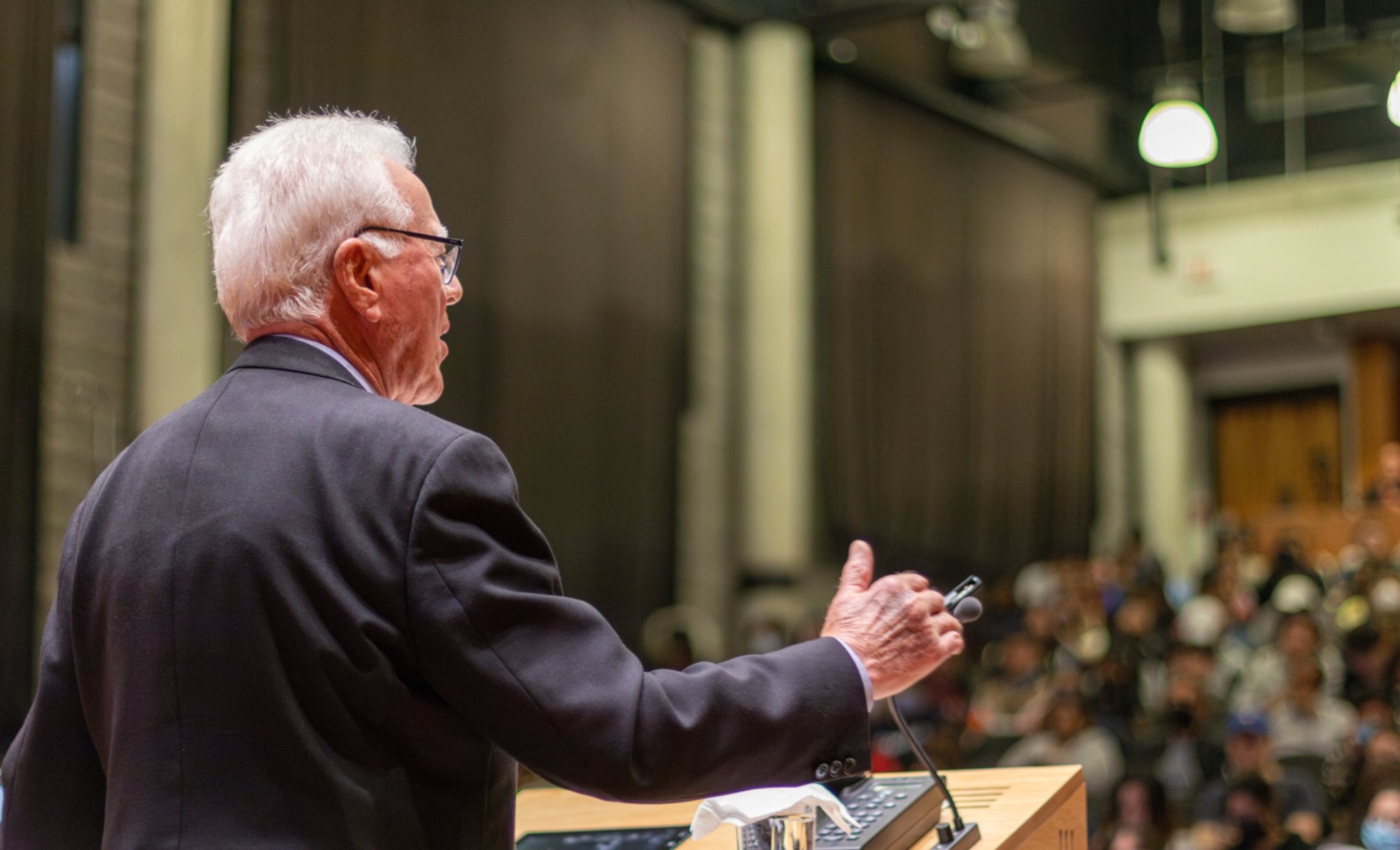
What is Fair Enterprise?
This graphic represents the balance between the three driving forces of a company — labour, capital, and management.
Fair Enterprise is built on the belief that wealth is created through the combined effort of these three forces.
To support this balance, the company adopts both a Corporate Charter of Rights and an Employee Charter.
The Employee Charter guarantees fair treatment, a safe and healthy workplace, and competitive wages. It also gives employees the right to participate in the company's financial success through profit and equity sharing.
This principle — called Magna’s success formula — helps create a strong sense of ownership and pride across the organization.
By ensuring broader participation in ownership and profits, Fair Enterprise offers a framework for economic freedom and long-term prosperity.
Fair Enterprise is not just good for business — it benefits society as a whole.
When employees have a real stake in their workplace, productivity rises, and living standards improve. Workers earn more, take greater pride in their jobs, and contribute more to the economy.
By creating a fairer distribution of wealth, Fair Enterprise helps reduce the gap between rich and poor — addressing economic inequality not through bureaucracy or taxation, but through meaningful participation. Fair Enterprise strengthens both democracy and economic freedom.
This chart shows how annual profits are shared in a Fair Enterprise company.
It’s based on Magna’s Corporate Constitution — a unique governance model that publicly declares and protects the rights of all stakeholders. The Constitution pre-determines how profits are distributed among shareholders, employees, management, and broader societal causes.
Under this model, twenty percent of the company’s net profits are allocated to shareholders. Ten percent of pre-tax profits are set aside for employees — part in cash, and part in shares held in trust — giving them both a direct reward and a long-term stake in the company. Management may receive up to six percent in performance-based profit sharing.
A further seven percent is allocated to research and development, ensuring the company remains innovative and competitive. Up to two percent is directed toward social responsibility — supporting charitable, cultural, and educational initiatives.
The remaining fifty-five percent is reinvested into the business and used to meet the company’s tax obligations — providing stability and fueling future growth.
This balanced distribution model reflects the core Fair Enterprise principle: that wealth is created through the combined efforts of investors, managers, and workers — and that all should share in the success they help to build.
More than just a compensation policy, this system — known as Magna’s 'success formula' — fosters a sense of ownership, pride, and long-term commitment across the organization.
By aligning profit-sharing with productivity and values, Fair Enterprise ensures that everyone — from shareholders to shop floor employees — has a meaningful stake in the financial success of the company, and in the prosperity of the society around it.
This graphic illustrates the decentralized operating structure of a large Fair Enterprise company — a core element of Magna’s success.
Rather than relying on a centralized, top-down model, Fair Enterprise companies are structured as a network of independent divisions. Each division operates as a profit centre, run by entrepreneurial managers. These managers are directly responsible for profitability, customer satisfaction, and for upholding the principles laid out in the company’s Employee Charter.
Above the divisions is Group Management, which coordinates efforts across multiple divisions — overseeing areas like product development, finance, marketing, and manufacturing efficiency.
At the highest level, Corporate Management is responsible for the company’s long-term strategic direction and for ensuring that all operations are aligned with the Fair Enterprise philosophy.
This decentralized structure allows the company to remain entrepreneurial at scale. It minimizes bureaucracy, increases flexibility, and enables faster decision-making — all while ensuring employees benefit directly from the success they help build.
With more than over 400 manufacturing divisions, Magna has proven that this structure creates not just efficiency, but a culture of ownership and accountability. It’s how a large company stays responsive, innovative, and fair.
